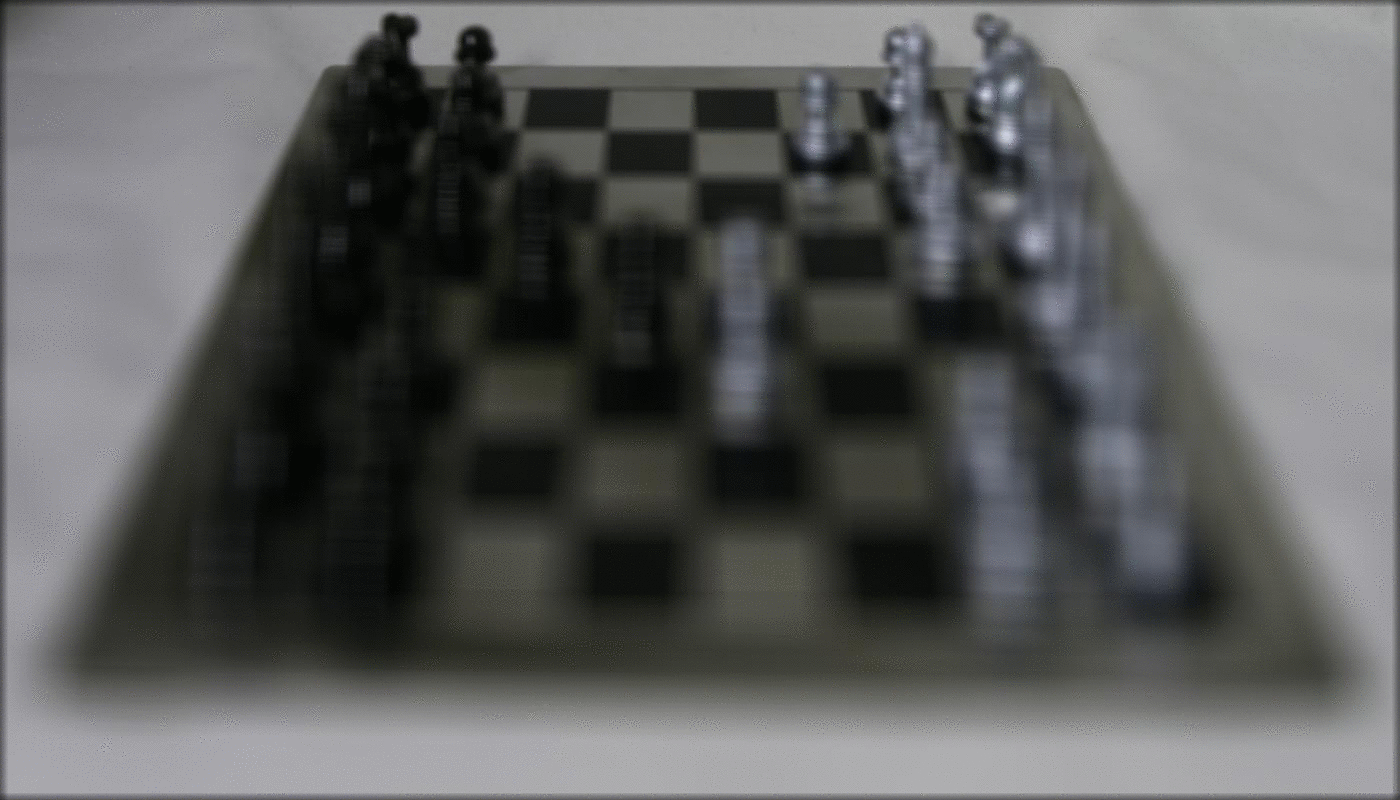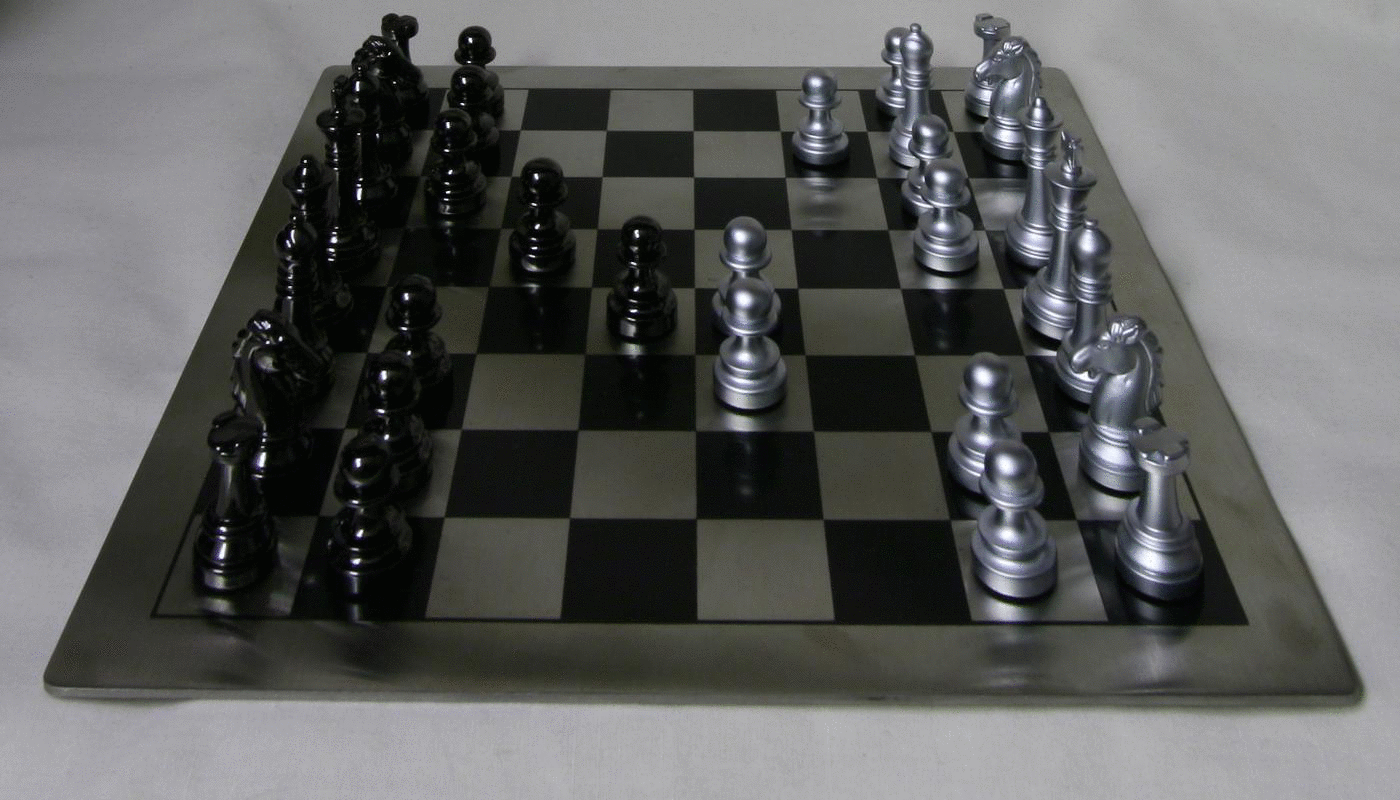
|
In this project, we achieve complex effects such as depth refocusing and aperture re-adjustment by applying simple shifting and averaging operations on a set of multiple images captured over a plane orthogonal to the optical axis. We reproduce these effects described in a paper by Ng et al.
When we average all of our images together without shifting, we obtain an image in which farther objects are sharp and closer objects are blurry. This is because nearby objects vary their position significantly across images, whereas faraway objects do not. By shifting images appropriately, we can vary this effect in order to allow images to focus on objects at different depths.
For my approach, I chose an image to center upon (in this case, the one corresponding to (8,8) within our set of chessboard images). I would then shift all of the other images in the set towards the center image, multiplied by a scaling factor alpha. For the results below, I chose alphas from a range of -0.2 to 0.8.

|
Averaging a large number of images sampled over the grid perpendicular to the optical axis mimics a camera with a much larger aperture. Using fewer images results in an image that mimics a smaller aperture.
For this part, we averaged a number of images centered around a certain image. I chose a center point of (8,8). Within these images, and averaged pictures within a certain radius. The radii I used varied from 0 to 8 points away for the image below.

|